|
Larry Coalston takes a walk down memory lane with his account of studio operations and maintenance in the BBC. Having just retired from the business, he is more than qualified to uncover the finer details of BBC engineering. This is also a tribute to the late T H Bridgewater OBE.
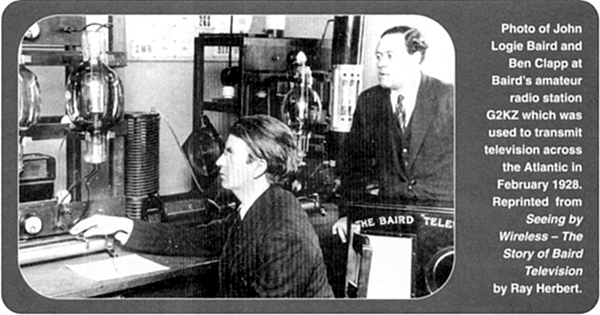
It's over 60 years since the BBC began high definition television transmissions and my memories were jogged by the death, early this year, of T H Bridgewater OBE, a former assistant to John Logie Baird, aged 88. He joined the BBC in 1932 and during his distinguished career was in charge of Television Outside Broadcasts and later appointed Chief Engineer BBC Television.
I was privileged to work under 'Bridgey', as he was affectionately called. He was the doyen of British Television and a true pioneer and I am pleased to devote this story to his memory.
Regular Programmes
Regular television programmes began in November 1936 from Alexandra Palace in North London. For the first week, all programmes went out on the Baird 240 line mechanical system using an intermediate film scanner, any pictures and sound were delayed by four minutes.
The second week's transmissions were from electronic cameras in a second studio using the EMI 405 line interlaced system. This studio alternation continued until February 1937 when the Postmaster General announced that the EMI pictures had been judged superior and so the use of the Baird apparatus would be discontinued.
Because German aircraft could home in on the VHF transmissions from Alexandra Palace, the television service shut down in 1939 for the duration of the Second World War. When the service reopened in June 1946, l was ready to view on a home brew TV set put together from ex-RAF radar units.
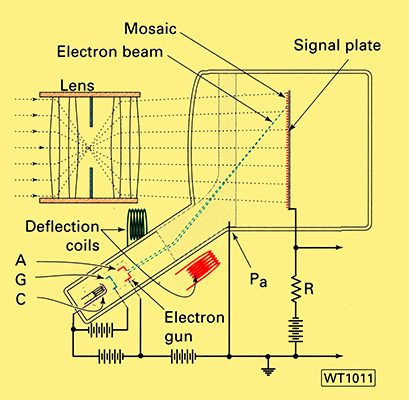
Fig. 1: Simplified 'Emitron' Pick-up camera tube.
The sensitivity of the Emitron pick up tubes (see Fig. 1) varied due to production methods and this often meant a difference of about two F stops in the iris setting of each camera lens. (Fig. 2 & 3). Any uneven lighting also gave rise to secondary emission.
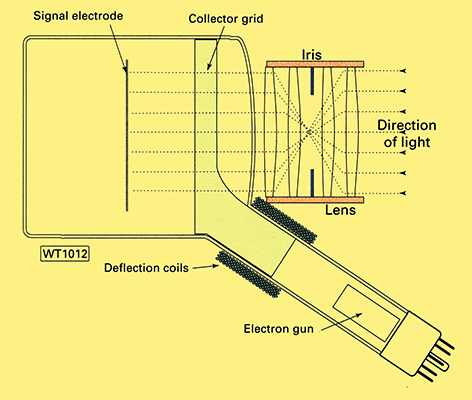
Fig. 2: Simplified diagram of 'Emitron'.
Secondary emission appeared as a spurious brightness on the right and bottom of the picture - viewers often phoned to complain that the 'footlights are too bright'! To cancel this 'fuzz', a saw-tooth and parabolic wave form known as 'Tilt and Bend' was added to the output. I once tried the 'Tilt and Bend' controls during the showing of an excerpt from a play called Journeys End and didn't find them very easy to operate.
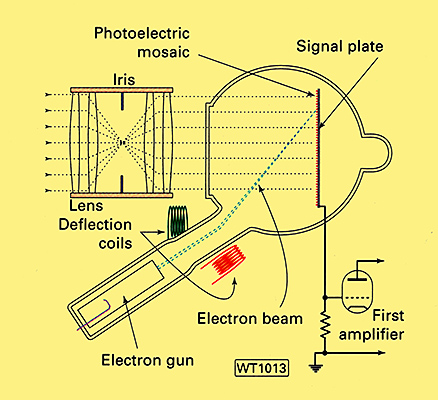
Fig. 3: Diagram of an 'Emitron' television camera.
ln 1948 new Pye Photicon cameras were supplied to Television Outside Broadcasts and Lime Grove studios. I remember that the Photicons also required a high level of light for good pictures.
Image Orthicons
It was not until the mid 1950s that more sensitive tubes using a low velocity electron beam came into use. These were known as Image Orthicons. Two senior BBC engineers: Don Brothers and Ben Palmer, devised a detailed camera line up procedure. The cameras had to be modified for remote control of the lens iris. Parameters for 'lift and gain' (Lift = Black level 0.3v = brightness. Gain = Contrast Peak white 1V) were specified together with a sensitivity requiring the lens aperture to be within one F stop. (See Fig. 4).
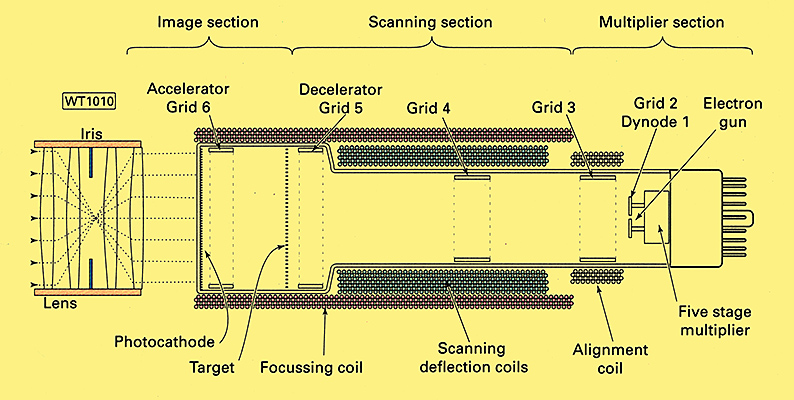
Fig. 4: Simplified diagram of Image Orthicon tube.
All operational controls were grouped on a panel in front of high grade 14 in Pye monitors. At that time I was a vision engineer at Bristol and returned several out of spec. tubes to the English Electric Valve Co. The Image Orthicons were on hire and charged for each hour of use. They cost £1000 to buy - a tidy sum in the 1950s.
In 1960, Studio Three Television Centre opened with new 4 in image Orthicon cameras. After a number of co-ordinated studio tests using the new line up, it became known as 'One Man Vision Control'.
Eager for promotion, I applied for a job in London studios as Vision Operator. At Riverside studios in Hammersmith where I went to work, there was another innovation as well as 'One Man Vision Control'.
The intensity of each studio light could be adjusted from a central console. All Studio control areas eventually used this arrangement. ln the late 60s, TV pictures could be compared favourably with black and white films and photographs.
When colour came about in 1970, I transferred to installation work on EMI 2001 Colour Cameras at Pebble Mill Birmingham. However, it was some time before a standard line up could be devised for the plumbicon photo conductive tubes used in these cameras.
There was a problem with the prism used for filtering the image into primary RGB colours. This problem was referred to BBC Research Department. The result was that many of the colour wedges had to be returned to EMI for modification.
Those were the days... brought back to the forefront of my memory by the recent death of Tony Bridgewater OBE.
See also 1846 Iconoscope, Image Orthicon Camera Tubes, P807, 5820 and 55875B
This account was published in Practical Wireless, November, 1998.
|